India’s rapid digitization, driven by the Digital India initiative, has unleashed an unprecedented flow of information across ministries and departments. Every day, massive volumes of data spanning health, welfare, infrastructure, and beyond are generated at remarkable scale. Yet, data in isolation remains inert; its potential is realized only when transformed into insights that drive timely action.
Governance dashboards have emerged as the central nervous system of this transformation. They do far more than display numbers; they connect departments, surface patterns, and provide real-time visibility, enabling decision-makers to act with speed and precision. For instance, NITI Aayog’s Champions of Change (CoC) Dashboard shows how transparent performance tracking strengthens accountability across states. Likewise, during the COVID-19 crisis, state-level dashboards provided instant insights on hospital beds, oxygen availability, and case trends, enabling swift government response.
.jpg)
Why Dashboards Matter in Today’s Governance Landscape
The reason dashboards have become indispensable is simple: governments today manage massive and diverse data streams—from welfare records to environmental metrics. Without integration, these remain siloed and slow down interventions.
Modern governance dashboards, powered by AI, IoT, and advanced analytics, act as connective fabric by ingesting data from satellite imagery, field sensors, and departmental systems, and converting it into actionable insights. They flag anomalies such as duplicate beneficiaries, revenue leakages, or inefficiencies, ensuring decision-makers receive timely alerts.
By centralizing disparate datasets, dashboards also enable predictive modeling and what-if simulations, helping policymakers assess risks, pre-empt disruptions, and allocate resources effectively. Their impact is clear: decision timelines once stretching into weeks are now compressed to days or even hours, with greater accountability.
.jpg)
The Many Faces of Governance Dashboards
CSM Technologies has been at the forefront of operationalizing dashboards for real-world governance needs. Its platforms serve as unified, data-driven command centers for state leadership, administrators, and citizens alike. These platforms go beyond static reporting—transforming fragmented datasets into actionable intelligence, offering clear visibility into progress, and surfacing priorities for timely action. Over the years, CSM has delivered a diverse portfolio tailored to evolving governance needs, with interactive visualizations that make even the most complex datasets intuitive and easy to interpret:
• Administrative Dashboards – Provide leadership and officials with centralized repositories of scheme and KPI data, enabling cross-sector monitoring, drill-down reviews, and sharper progress tracking.
Example: Atal Monitoring Portal (Chhattisgarh) – tracks 100+ welfare schemes in real time.
• Public Dashboards – Enhance transparency through open-access views of government performance across health, education, and welfare, building citizen confidence in service delivery.
Example: BSKY Dashboard (Odisha) – covers 95 lakh+ families with health insurance across 800+ hospitals.
• KPI Dashboards – Benchmark performance with percentage-based indicators, allowing leadership to compare outcomes across districts and schemes while supporting targeted corrective action.
Example: Odisha State Dashboard – monitors 1,000+ KPIs across flagship missions and departments.
• Departmental Dashboards – Integrate sectoral datasets to improve planning, compliance, and oversight, reducing inefficiencies and leakages within departments.
Example: Depot Darpan (FCI) – centralizes monitoring across nearly 2,280 depots for food security.
• Predictive Analytics Dashboards – Use AI/ML to forecast risks and requirements in areas like agriculture, mining, and health, supporting proactive policy decisions.
Example: Integrated Mines & Minerals Management System – delivers 98% accuracy in mining revenue forecasting.
• Decision-Making Dashboards – Consolidate multi-source data to generate actionable reports, guiding optimal allocation of manpower, funds, and infrastructure in high-pressure situations.
Example: COVID Dashboard (Odisha) – integrates 25+ data sources for real-time crisis management.
.jpg)
Building Blocks of Smarter Dashboards
What makes these dashboards more than attractive visual layers? Three core elements:
- Integration – Secure APIs and data pipelines pull live information from multiple departmental databases.
- Predictive Intelligence – AI/ML models assess emerging risks, from rainfall-triggered pest outbreaks to underutilized budgets.
- Accessibility – Role-based, multilingual, and mobile-friendly interfaces keep stakeholders informed.
Additional capabilities such as single sign-on, SAS-based analytics, dynamic data visualization, 360-degree monitoring, and PDCA integration enable continuous improvement and faster decision cycles.
The CSM Advantage & Road Ahead
CSM Technologies has redefined dashboards as strategic governance tools by integrating complex datasets, applying advanced analytics, and delivering intuitive interfaces. From monitoring mineral transport to curbing illegal mining, to integrating hospital capacity with predictive modeling during emergencies, CSM-built dashboards turn raw data into governance intelligence.
As India’s digital governance evolves, dashboards are shifting from descriptive to predictive, and soon prescriptive—offering data-backed recommendations for timely interventions. Institutions like the UN emphasize evidence-based governance, reinforcing their role in aligning policy vision with measurable outcomes.
Dashboards are no longer add-ons; they are the backbone of modern governance—ensuring decisions are timely, resources optimized, and citizen services transparent and accountable.





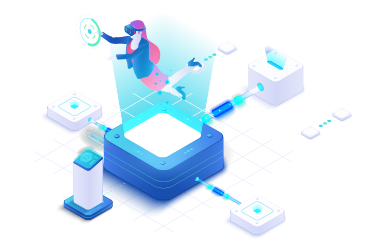

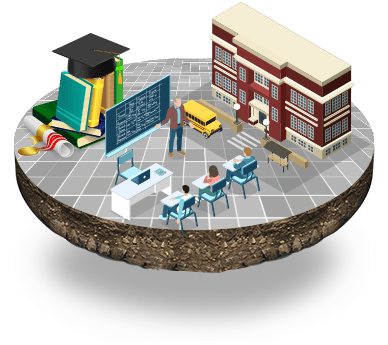
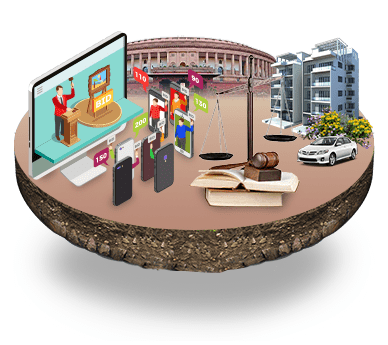







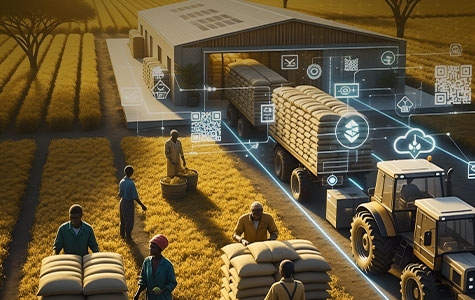














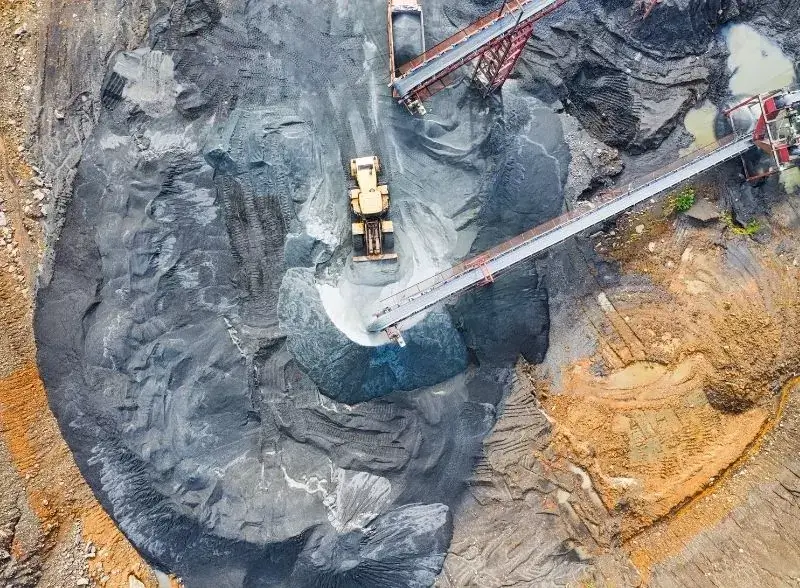



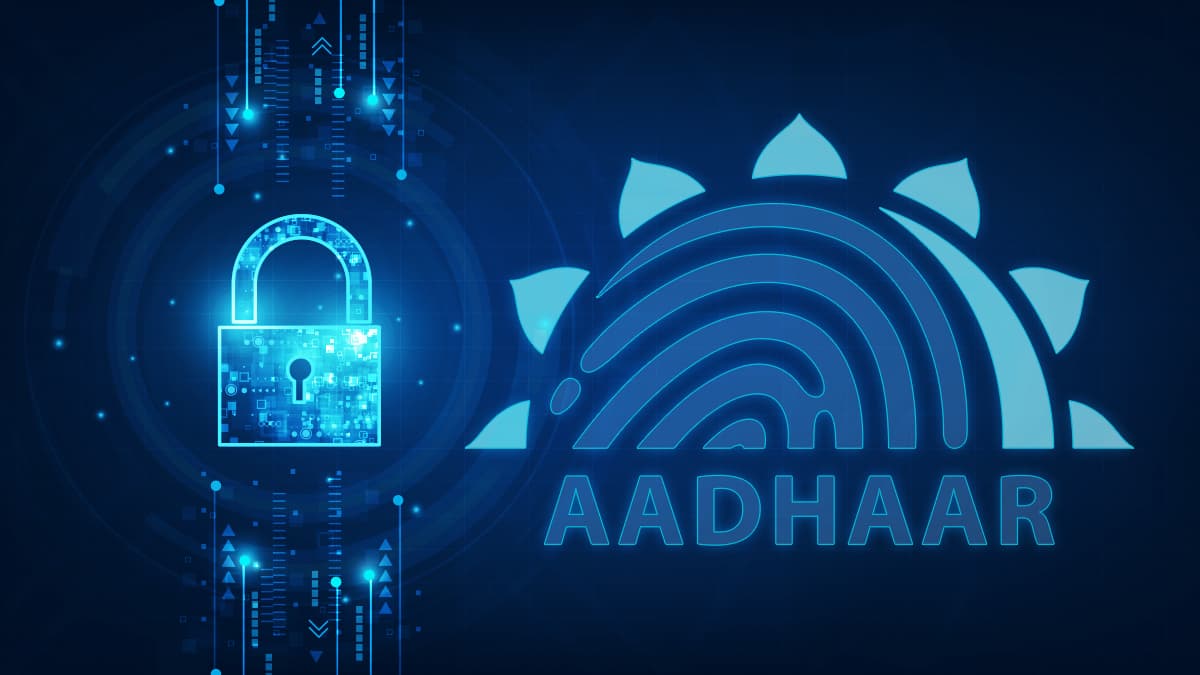





We will verify and publish your comment soon.